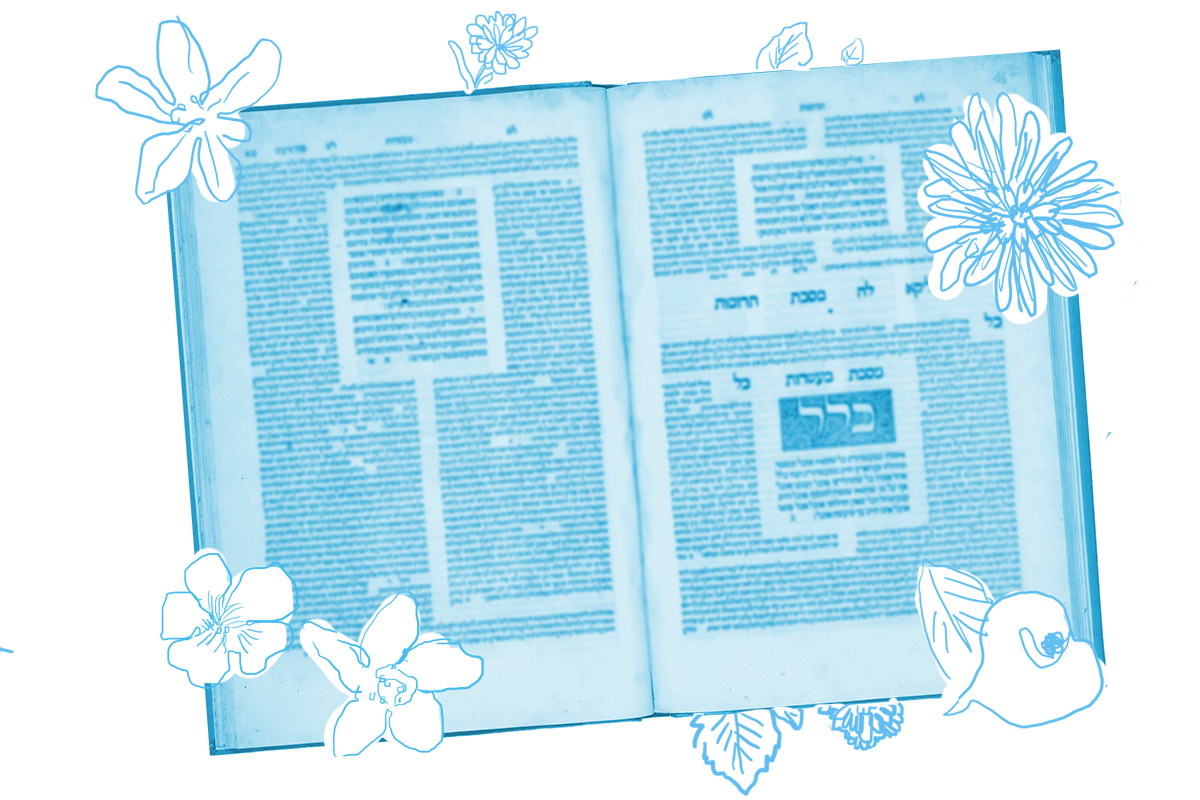We learned in the opening mishnah of Tractate Yoma that seven days prior to Yom Kippur, the high priest was sequestered in a special room. Doing so protected him from impurity and allowed him to prepare for his special duties. A good portion of the talmudic conversation so far has sought out the scriptural basis for this requirement.
The Gemara first suggests that the practice is derived from the inauguration of the original priests after the building of the tabernacle and explores whether the sequestering of the high priest before the ceremony of the red heifer is derived from the same or an independent biblical source.
In the midst of the conversation, we encounter this particularly moving answer:
Rabbi Yohanan said to Reish Lakish: From where do you, master, derive the halakhah of sequestering before Yom Kippur?

Help us keep Jewish knowledge accessible to millions of people around the world.
Your donation to My Jewish Learning fuels endless journeys of Jewish discovery. With your help, My Jewish Learning can continue to provide nonstop opportunities for learning, connection and growth.
Reish Lakish said to him: I derive it from Sinai, as it is written: “And the glory of the Lord abode upon Mount Sinai and the cloud covered him/it for six days, and he called to Moses on the seventh day from the midst of the cloud.” (Exodus 24:16)
Reish Lakish compares the seven days of priestly isolation to the seven days during which God’s glory descended on Mount Sinai, enveloping either the mountain or Moses (the Hebrew is ambiguous — maybe even both) in preparation for the astonishing moment of revelation. Reish Lakish continues:
Now, since it states: “And He called to Moses on the seventh day,” why is there explicit mention of the first six days (which seems redundant)? These are a paradigm, teaching that anyone who enters the camp of the Divine Presence requires six (days of sequestering).
Here, Reish Lakish offers a very close reading of the verse. Since it says that God called to Moses on the seventh day, Resh Lakish reasons, why does it need to explicitly tell us that God’s glory was on the mountain for those first six days? What does the word “six” add to our understanding?
His answer is that “six” sets a paradigm for sequestering in preparation for the Divine encounter. When the high priest enters the Holy of Holies on Yom Kippur, he is like Moses preparing to receive the Torah on Mount Sinai.
We are not high priests and we do not enter the Holy of Holies on Yom Kippur, but we too, in our own way, stand before God on the Day of Atonement. If the encounter is to be a deep and powerful one, it makes sense that we should also prepare. We don’t have a tradition of isolating ourselves for a week, but we actually begin to prepare even earlier. A month and ten days before Yom Kippur, on the first day of the month of Elul, many Jews begin to sound the shofar at Shacharit, the morning service. The blasts serve to stir our souls and shake our conscience so that we can prepare ourselves to enter the Divine Presence.
Also starting in Elul, Sephardic communities add Selichot — prayers of forgiveness that are recited just before dawn in those weeks leading up to Yom Kippur. By timing them this way, the community wakes in the darkness each day to perform an act of atonement, and continues to do so for 40 days — a number that also takes its cue from Moses on Mount Sinai. (Ashkenazi Jews begin Selichot prayers on the Saturday night before Rosh Hashanah.) We don’t do these things in isolation, however, but as a community. Hopefully it is enough time to prepare ourselves.
Read all of Yoma 3 on Sefaria.
This piece originally appeared in a My Jewish Learning Daf Yomi email newsletter sent on April 14th, 2021. If you are interested in receiving the newsletter, sign up here.



